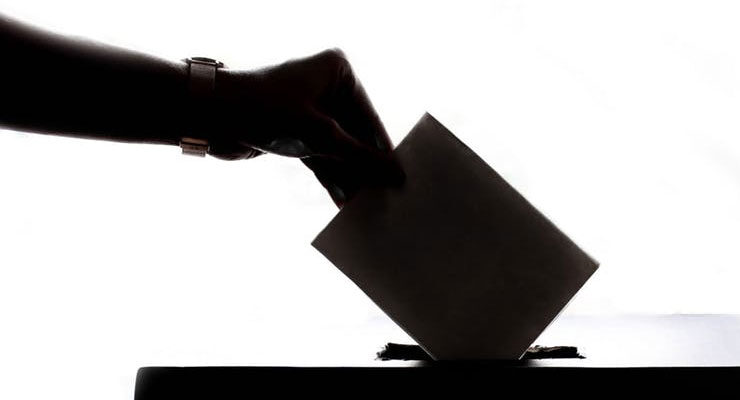
This post by Philip Bump is published by The Washington Post. Here is an excerpt:
On Sunday, nearly 119 million Brazilians went to the polls to choose who would serve as the country’s president. That’s about three people for every four who voted in the United States in 2020.
Yet, unlike the hours and days Americans waited to learn who had won the presidency and other races here, Brazilians knew by Sunday night. Soon after the voting was completed, elections officials could announce that former president Luiz Inácio Lula da Silva would return to that job, ousting right-wing leader Jair Bolsonaro.
How is Brazil able to determine who won its election so quickly while the United States, the world’s oldest continuous democracy, has to wait for an extended period of time? Very simply: Brazil counts its vote electronically — introducing a set of trade-offs specific to the country that also comes with some obvious downsides.
Read full article here.
Leave a Reply